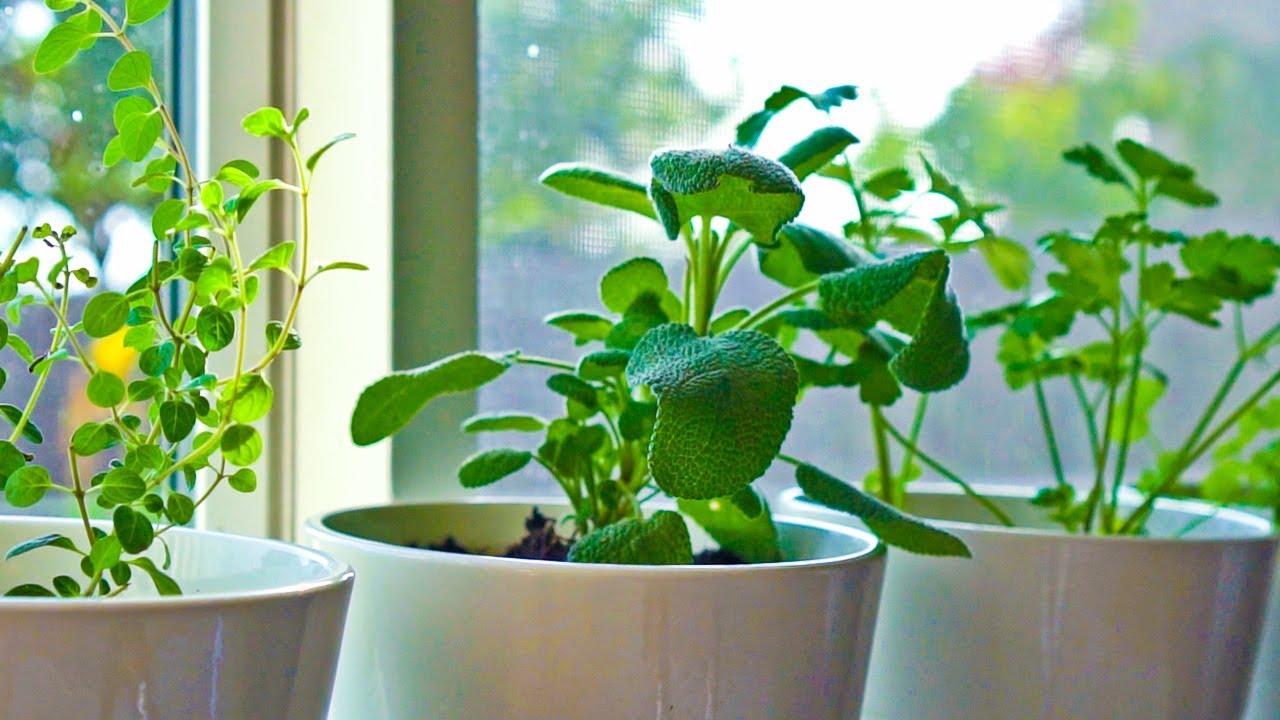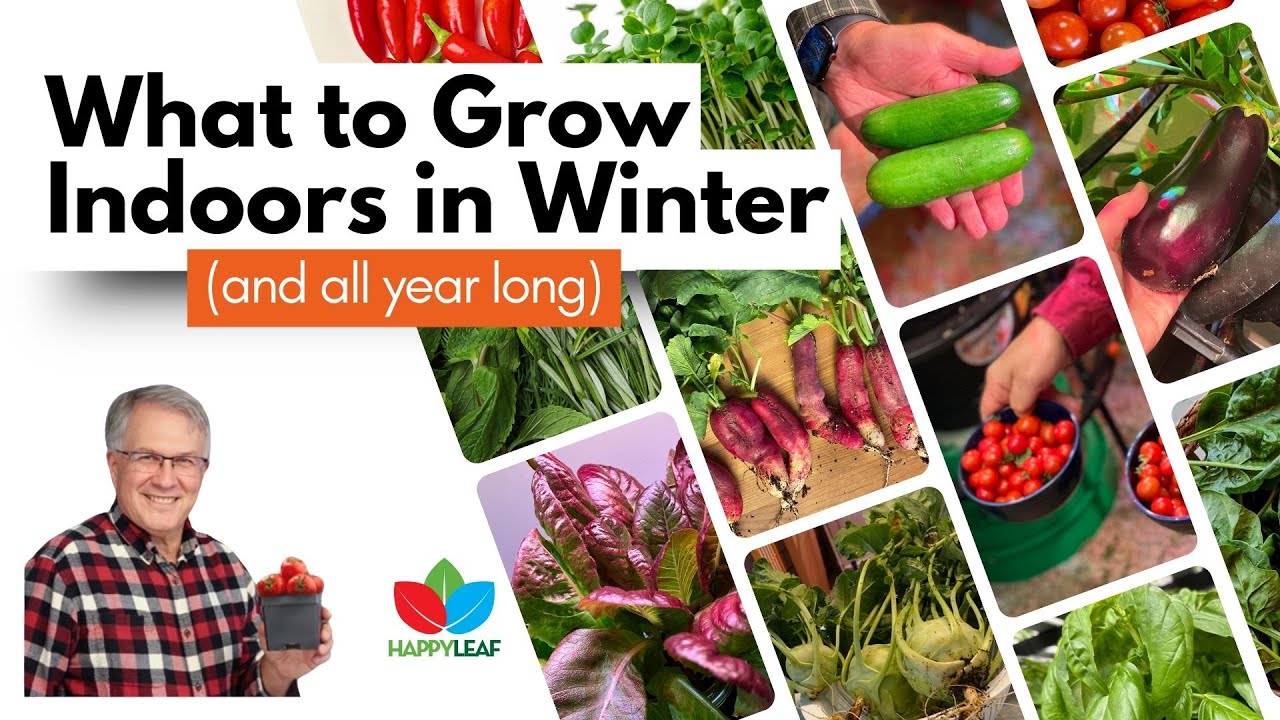Beginner Indoor Gardening Mistakes and How to Avoid Them
“`html
Introduction to Beginner Indoor Gardening Mistakes
Indoor gardening has grown exponentially in popularity among novice gardeners looking to bring a touch of nature into their homes. Whether you’re growing herbs on your kitchen windowsill, nurturing houseplants in your living room, or cultivating a small vegetable garden, indoor gardening offers an excellent way to connect with nature, improve air quality, and even boost your mental health. However, many beginners make common mistakes that can hinder their gardening experience and limit their success. In this article, we’ll explore the most frequent indoor gardening missteps made by newcomers and provide actionable tips on how to avoid them.

From improper lighting conditions to neglecting proper watering techniques, the pitfalls of indoor gardening can be easily avoided with a bit of knowledge and preparation. By understanding the basics and the common errors, budding gardeners can create thriving indoor gardens that flourish throughout the year. We will address key issues such as soil selection, the importance of regular maintenance, the right tools for effective gardening, and how to choose the right plants for indoor conditions. This guide is tailored for those ready to embark on their indoor gardening journey, ensuring that you are well-equipped to cultivate beautiful, healthy plants while sidestepping beginner blunders.
1. Overwatering: The Silent Killer of Indoor Plants
Understanding Plant Water Needs
One of the most common mistakes beginners make is overwatering their plants. While it is essential for plants to have water, too much of it can lead to root rot and other issues. Many new gardeners misjudge the watering needs of different plants and may not recognize the signs of overwatering.
It’s crucial to understand that different plants have varying water requirements. For example, succulents and cacti need less water compared to tropical plants like ferns and peace lilies. A good rule of thumb is to check the moisture level of the soil before watering. Stick your finger about an inch into the soil, and if it feels dry, it’s time to water. Furthermore, overwatering can cause not only root rot but also affect the overall health of the plant, leading to yellowing of leaves and stunted growth.
How to Implement Effective Watering Techniques
To avoid overwatering, consider the following techniques:
- Use pots with drainage holes: This allows excess water to escape and prevents water from pooling at the bottom.
- Water in the morning: This helps prevent evaporation and fungal diseases that can occur in the evening due to damp soil.
- Know your plants: Research the specific watering needs for each plant species you own to avoid overdoing it.
- Invest in moisture meters: These devices can help you accurately gauge soil moisture levels and prevent overwatering.
2. Inadequate Lighting: The Lifeline of Indoor Plants
Choosing the Right Location for Your Plants
Light is essential for indoor plants, yet many beginners ignore the importance of proper lighting conditions. Insufficient light can lead to leggy growth and poor overall health for your indoor plants.
Understanding the type of lighting your plants need—whether direct, indirect, or low-light—will significantly improve your gardening results. Direct sunlight exposure is crucial for certain species like succulents but can be detrimental to shade-loving plants like snake plants and pothos.
Utilizing Artificial Lighting for Better Growth
If natural light is scarce in your living space, consider using grow lights. These artificial lights can mimic sunlight, promoting healthy growth regardless of external conditions. It’s important to position the lights at an appropriate distance from your plants to avoid burning their leaves.
Also, rotate your plants regularly to ensure even growth, as many plants will naturally lean toward the light source. With some attention to your indoor plants’ lighting needs, you can cultivate a thriving indoor garden that flourishes year-round.

3. Selecting the Wrong Soil and Containers
Importance of Soil Quality in Indoor Gardening
Many beginners make the mistake of using regular garden soil in their pots. This can lead to poor drainage and nutrient deficiencies for your indoor plants. Instead, it’s essential to utilize a quality potting mix tailored for indoor plants that provides the appropriate balance of drainage, aeration, and nutrients.
Different plants require different types of soil; for instance, cacti thrive in sandy, well-draining soil, while tropical plants may benefit from a peat-based mix. Research your specific plant types to ensure you’re providing the right medium for your green companions.
Selecting the Right Containers for Your Plants
Additionally, choosing the right containers can make a significant impact. Ensure that your pots have drainage holes to allow for excess water to escape. Consider incorporating self-watering pots that can help maintain consistent moisture levels for your plants.
Lastly, ensure pots are the appropriate size for your plants. Plants that are root-bound often struggle to flourish, so repot them into larger containers when necessary to allow for continued growth.
4. Ignoring Pest Management
Common Indoor Plant Pests and How to Spot Them
Pest problems can plague indoor gardeners who overlook regular maintenance checks. Common pests like spider mites, aphids, and fungus gnats can quickly invade your plants, causing significant damage if not addressed promptly.
It’s vital to regularly inspect your plants for any signs of infestation, such as yellowing leaves, webbing, or sticky residue on plants or surfaces. Early detection is key to managing pest problems effectively.
Proactive Pest Control Strategies
Before pests become prevailing problems, consider implementing these proactive pest control strategies:
- Regularly clean your plants: Wipe leaves with a damp cloth to remove dust and possible pests.
- Introduce beneficial insects: Ladybugs and lacewings can help control pest populations naturally.
- Use organic insecticidal soap: This can efficiently treat minor infestations without harming your plants.
Taking an active role in pest management will help maintain the health of your indoor garden, making it both beautiful and resilient.
5. Neglecting Regular Maintenance
Establishing a Routine for Plant Care
One of the simplest yet most overlooked aspects of indoor gardening is the need for a regular maintenance schedule. Many beginners set up their plants and forget about them, resulting in neglect of watering, pruning, and monitoring for pests. Establishing a routine can help ensure all your plants receive the proper care they need to thrive.
Create a schedule that outlines watering times, feeding schedules, and periodic repotting. This not only keeps your garden looking great but also makes plant care less overwhelming. Adjust your routine according to the specific needs of each plant type.
Learning and Adapting as Your Garden Grows
No gardener is perfect, and part of the joy of indoor gardening is learning through experience. Keep a notebook to track your plants’ growth patterns, watering history, and any pest issues. Adjust your gardening tactics as needed based on your observations, and don’t hesitate to seek help from local gardening clubs or online forums.
Summary and FAQ
Indoor gardening can be an incredibly rewarding hobby, but avoiding common mistakes is crucial for success. Key takeaways include ensuring proper watering techniques, providing adequate lighting, selecting the right soil and containers, managing pests proactively, and establishing a regular care routine. Here are some frequently asked questions that might clarify some points further:
What is the biggest mistake in indoor gardening?
One of the most significant mistakes is overwatering plants, which can quickly lead to root rot. Always check the soil moisture before watering and modify your techniques based on your plant’s specific needs.
How much light do indoor plants need?
Most indoor plants require at least 6 hours of indirect sunlight daily, while some may thrive in full sunlight. Knowing your plant’s light requirements is crucial for healthy growth.
How often should I fertilize my indoor plants?
Fertilizing frequency depends on the plant species and the season. Generally, during the growing season (spring and summer), use a balanced fertilizer every 4 to 6 weeks. Reduce or stop feeding during the fall and winter months when growth slows.
What are the signs of pests on indoor plants?
Look for yellowing leaves, webbing, sticky residue, and visible insects on leaves and stems. Regular inspections can ensure any infestations are addressed early.
Can I re-use potting soil?
While you can reuse potting soil, it is advisable to amend it with fresh nutrients and ensure that it’s free from pests and diseases before reusing it for new plants.
Remember, patience and observation are key in indoor gardening. With careful planning and regular maintenance, you can create a thriving indoor garden you’ll love.
“`